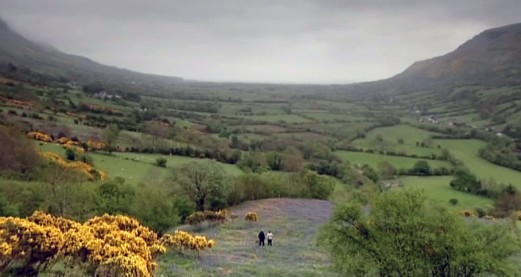 video icon
video icon
OpenLearn Ireland
Glenariff to Fermanagh
A look at Glenariff, one of the 9 Glens of Antrim, investigating how certain geological features managed to find their way to places they would not normally be.
 article icon
article icon
Education & Development
Additional efforts: Why we need to be better at maths
We need to be better at maths - and the suggestion that only smart people can be good with numbers is holding a lot of us back.
 article icon
article icon
Science, Maths & Technology
Can dogs read their owners' emotions?
Does a dog know what you're thinking? Can your dog empathise? It's possible, suggests new research.
 article icon
article icon
Science, Maths & Technology
Tim Peake’s spacewalk is no stroll in the park
Monica Grady tells us about what Tim Peake - the first British astronaut to do a spacewalk - is up against.
 article icon
article icon
History & The Arts
David Bowie and science fiction
It's fair to say David Bowie had an obvious fascination with space and future dystopias, Tony Keen looks at the roots of the starman's relationship with science fiction.
 article icon
article icon
Science, Maths & Technology
Why were David Bowie's eyes two different colours?
The short answer is that they weren't - but there's a lot more to it than that. Kevin Hunt explains.
 article icon
article icon
Science, Maths & Technology
Why are black and white cats black and white? And why are there piebald horses?
Striped ponies and tuxedo cats might look gorgeous - but the mutation is a mild form of a much more serious cellular defect...
 video icon
video icon
Science, Maths & Technology
Blade Runner: What's the balance between science and fiction?
How does Blade Runner shape up as a piece of work when real scientists look at its workings?
 article icon
article icon
Science, Maths & Technology
Urbanism in Blade Runner
As well as being a science fiction classic, you could read Blade Runner as a movie about town planning. No, really. Let Ryan Schleeter explain.
 audio icon
audio icon
Science, Maths & Technology
More or Less: interview with Tim Harford
Tim Harford, from More or Less, talks with Kevin McConway on why statistics matter and how they can impact the future.
 article icon
article icon
Science, Maths & Technology
Sniffing out disease
Waving a tricorder in the air to tell what was wrong with a patient might be science fiction, but Dr Claire Turner believes we are moving one small step towards that.
 article icon
article icon
History & The Arts
Killed by Agatha Christie: Strychnine and the detective novel
In the first Poirot book, the murderer's weapon of choice is the bitter poison strychnine. The scientist, writer and poison expert Deborah Blum reopens the case.